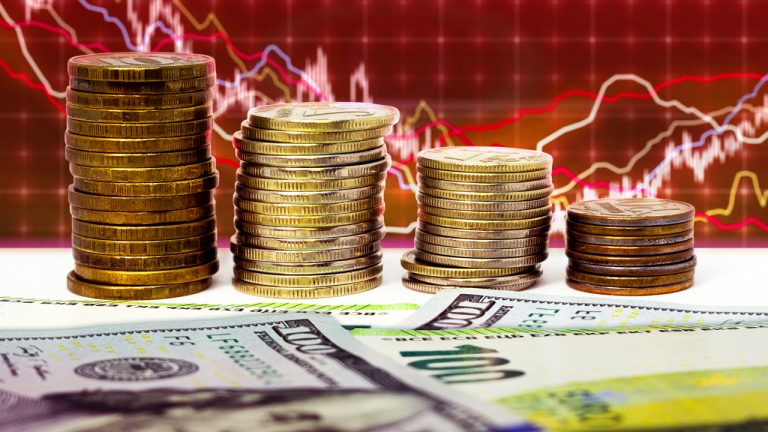
Veteran investor Stanley Druckenmiller praised Bitcoin for establishing its own “brand” during an interview with hedge fund manager Paul Tudor Jones.
Billionaire investor Stanley Druckenmiller praised Bitcoin (BTC) for establishing a “brand” over last decade and half — admitting while he doesn’t own any Bitcoin, he ought to.
The billionaire shared his latest thoughts on Bitcoin in an Oct. 30 interview with hedge fund manager Paul Tudor Jones, where he made comparisons between Bitcoin and gold as a store of value.
“I’m 70 years old, I own gold. I was surprised that bitcoin got going, but you know, it’s clear that the young people look at it as a store of value because it’s a lot easier to do stuff with. 17 years, to me, it’s a brand. I like gold because it’s a 5,000-year-old brand.” He added:
“So, I like them both. I don’t own any Bitcoin to be frank, but I should.”
Stanley Druckenmiller is one of the most successful hedge fund managers on Wall Street and is worth $6,200,000,000.
— Documenting ₿itcoin (@DocumentingBTC) October 30, 2023
He says, “Young people look at #bitcoin as a store of value. It’s a brand. I like it. I dont own any, but I should”pic.twitter.com/DXjrnvE1Qc
Druckenmiller previously held Bitcoin. However in a September 2022 interview, he revealed he had sold it in light of central banks imposing tightening measures.
He did, however, say the digital asset sector would flourish in the event that people lose faith in the central banking system, making an example of the Bank of England after the British pound plummeted in mid-2022.
“I could see cryptocurrency having a big role in a Renaissance because people just aren’t going to trust the central banks."
Druckenmiller founded Duquesne Capital Management in 1981 and closed the fund in 2010. During that time, he achieved an average annual return of 30% and never experienced a down year.
His investment philosophy revolved around holding a group of stocks long, a group of stocks short and using leverage to trade futures in times of rising and falling markets.
He’s also praised blockchain technology, predicting that a ledger-based system could replace the U.S. dollar as the world’s reserve currency in the future.
In 2021, Druckenmiller said Ethereum is like “Myspace before Facebook” and predicted that Ether (ETH) would eventually flip BTC.
Related: ‘Bitcoin is an international asset' — BlackRock CEO’s bullish remarks
Bitcoin’s sentiment from Wall Street firms has warmed up over the last year, most notably evidenced by a wave of propsed Bitcoin exchange-traded fund filings from major financial firms.
The cryptocurrency industry still has its fair share of critics though.
Charlie Munger has called bitcoin Rat Poison.
— 10-K Diver (@10kdiver) July 2, 2021
Warren Buffett has called it Rat Poison Squared.
But here's the thing.
If Rat Poison is a BIG *negative* (eg, -1,000,000), shouldn't Rat Poison Squared be an EVEN BIGGER *positive* (eg, +1,000,000,000,000)?
It's just math, folks! pic.twitter.com/UYobxYU08L
Other well-known veteran investors Warren Buffet and Charlie Munger have long referred to Bitcoin and cryptocurrencies “rat poison” and an asset class which produces no value.

















